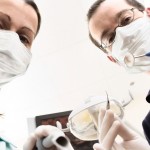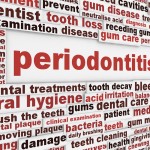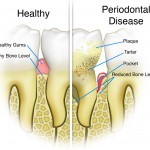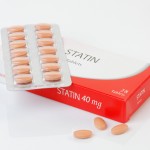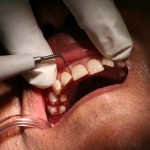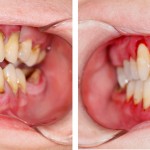
This review of the efficacy of adjunctive subgingival administration of chlorhexidine gel in nonsurgical periodontal treatment for chronic periodontitis included 17 RCTs only one of which was at low risk of bias for all domains. Findings suggest an improvement in pocket probing depth but not for clinical attachment.
[read the full story...]